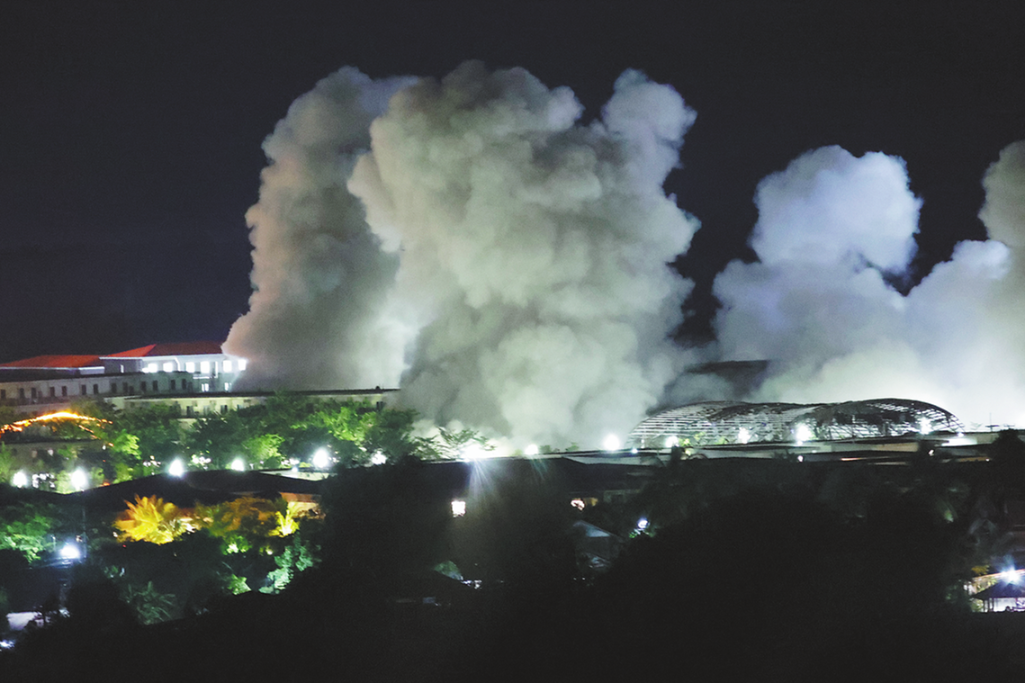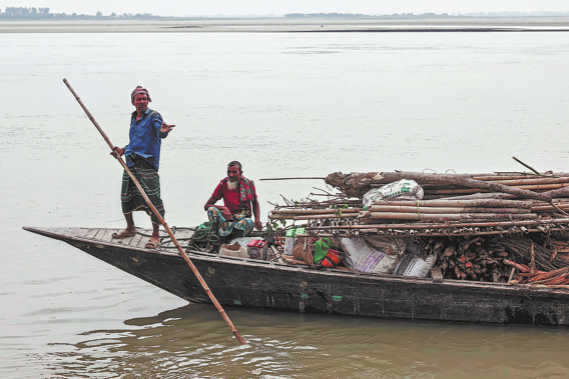NYC restaurants, bars prepare heaters for outdoor dining to survive in winter: media


NEW YORK - Pummeled by the COVID-19 pandemic and enduring stricter and lengthier restrictions than their counterparts in other areas of the state, most New York City's restaurants and bars still stick to their businesses by preparing heaters for outdoor dining in the winter, The New York Times reported on Wednesday.
"Many are buying propane and electric heaters to keep outdoor diners warm. Others are upgrading their indoor ventilation systems and doubling down on delivery," said the paper.
As of Nov. 2, about 400 restaurants had filed paperwork with the Fire Department of New York to use outdoor propane heaters, which were previously banned in New York City, it said.
"The added costs are especially hard to stomach, given the uncertainty around further restrictions and in light of the fact that many restaurants can't afford to pay their rent," it added.
Restaurants and bars were restricted to takeout and delivery from late March until outdoor dining began on June 22. Indoor dining was banned until Sept. 30 and remains limited to 25 percent capacity, while restaurants elsewhere in New York State are allowed 50 percent capacity.
The prospect of loosening capacity restrictions dimmed last week, as New York City's infection rate steadily climbed toward the 3 percent threshold and Governor Andrew Cuomo enacted a statewide 10 p.m. to 5 a.m. curfew on indoor and outdoor dining at all establishments with state liquor licenses.
The current situation has already forced some catering entities to the verge of bankruptcy -- a recent survey of more than 400 restaurants, bars and nightlife establishments by the industry group NYC Hospitality Alliance found 88 percent couldn't pay their full rent in October and 30 percent paid no rent at all.
As of Tuesday afternoon, the coronavirus deaths added up to 24,146 and the confirmed cases to 285,275 in New York City, according to The City, a project that tracks the spread of confirmed COVID-19 infections and fatalities in New York City, based on information provided by the New York City Department of Health and Mental Hygiene, the governor's office, The COVID Tracking Project and the Center for Systems Science and Engineering at Johns Hopkins University.































